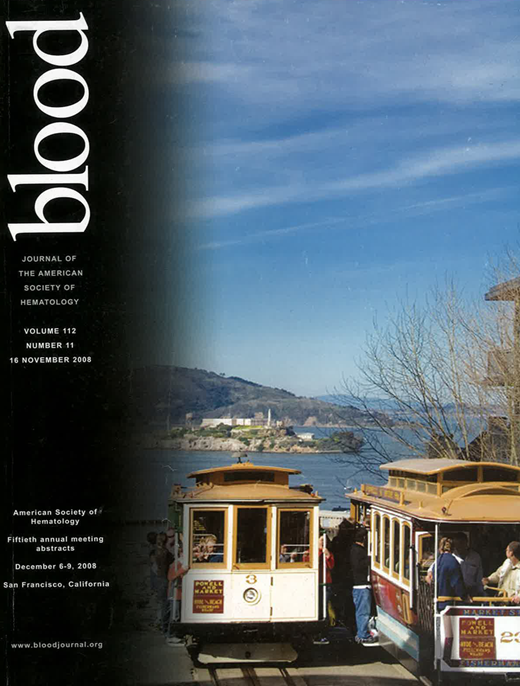Abstract
Background: Relapsed chronic myeloid leukemia (CML) is a possible complication after allogeneic stem cells transplantation (SCT). Treatment options for relapse include chemotherapy, Donor lymphocyte Infusion (DLI) and second SCT. In such treatments, second SCT is the only potentially curative therapy. We report the results of myeloablative transplantation as second SCT in 7 adults patients (pts) with CML relapsed after first reduced intensity conditioning (RIC) allo-SCT.
Patients and methods: Between April 2001 and December 2006, 154 CML pts treated with RIC allo-SCT from an HLA-identical family donor. First RIC-SCT following conditioning using Fludarabine 150 mg/m2 and oral Busulfan 8 mg/m2. GVHD prophylaxis consisted of association Ciclosporine and Mycophenolate (6 pts), one patient received an additional prophylaxis with ATG. Twenty four pts (16%) relapsed, of whom 7 underwent second conventional allograft. The median time between first and second SCT was 11 (range, 3–24) months. As second SCT, the median age was 34 (range, 23–46) years and gender: 3 male, 4 female. Six pts were in second chronic phase and one pt in accelerated phase. In all cases, myeloablative conditioning consisted of Busulfan (8 mg/kg), Etoposide (30 mg/kg) and Cyclophosphamid (120 mg/kg). Second SCT used with another HLA-identical sibling donor in 4 cases. All received G-CSF mobilized peripheral blood stem cells, with median CD34+: 5,85 106/kg (range,3,28–9,34). GVHD prophylaxis was consisted of Ciclosporine-Methotrexate.
Results: All pts had myeloid reconstitution and the median time to achieve 0,5 109/l neutrophils count was 25 (range,15–57) days. One pt needed a boost 40 days after allograft. The median time of aplasia was 20 (range,10–52) days. No acute GVHD noticed. Four pts had chronic GVHD, of whom 3 with extensive form. Although 3 pts died of relapse on 2, 3 and 20 months. Four pts are alive and free of disease on 24, 48, 55 and 55 months respectively after second SCT with complete chimerism of donor origin and negative minimal residual disease, of whom 3 had second allo-SCT with another family donor.
Conclusion: This study suggests that second SCT for CML relapse after RIC-SCT can result in long-term survival for some of pts without lethal treatment related toxicity. Another HLA-identical sibling donor is favourite in this case. Further follow-up and more pts are necessary to validate this series.
Disclosures: No relevant conflicts of interest to declare.
Author notes
Corresponding author

